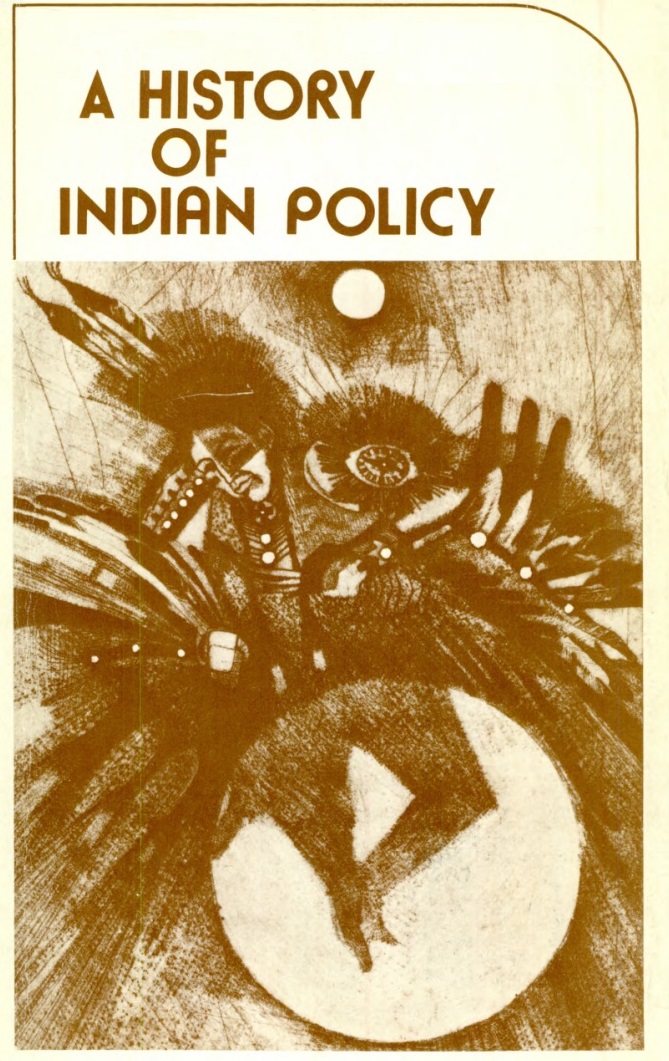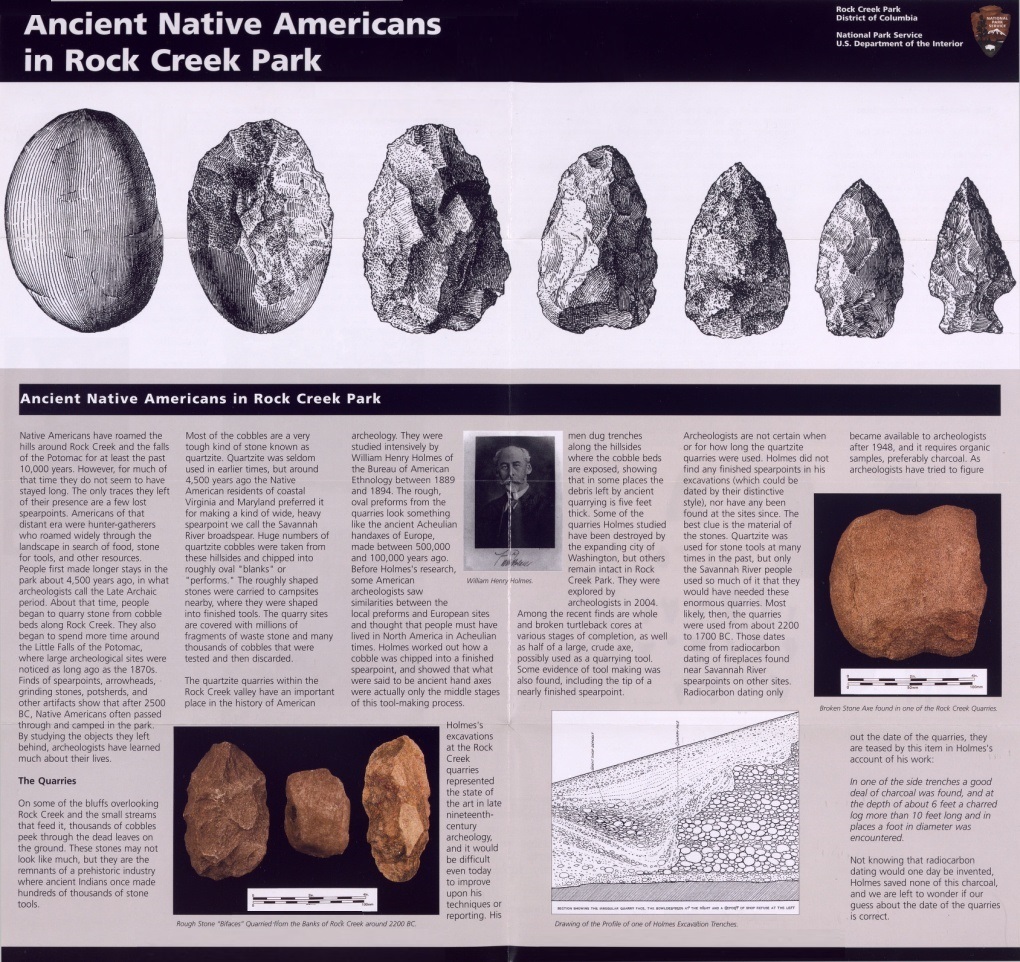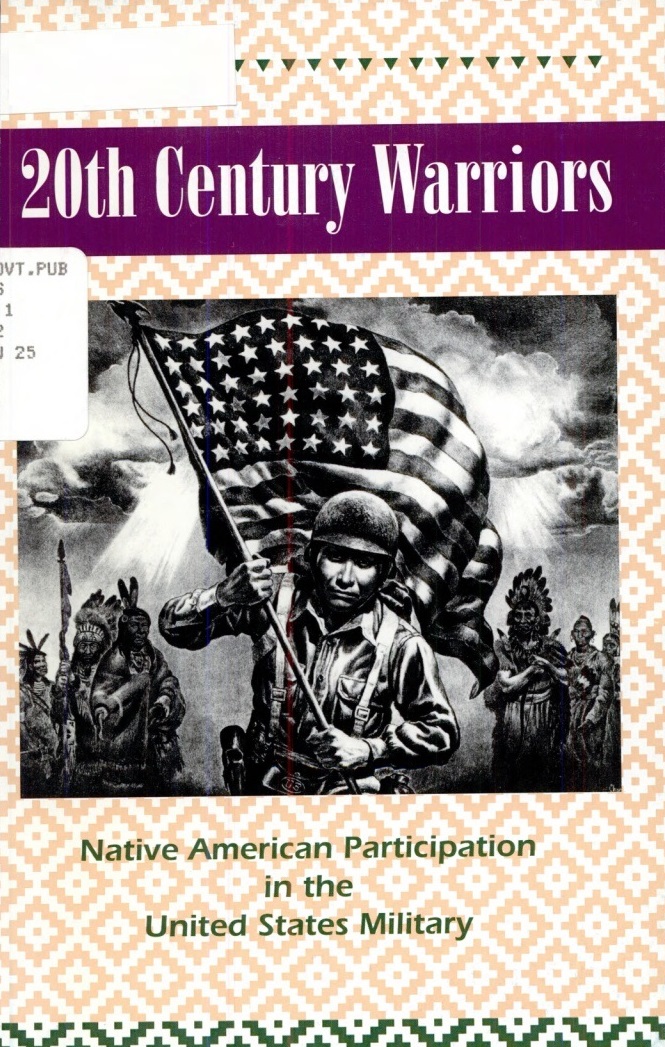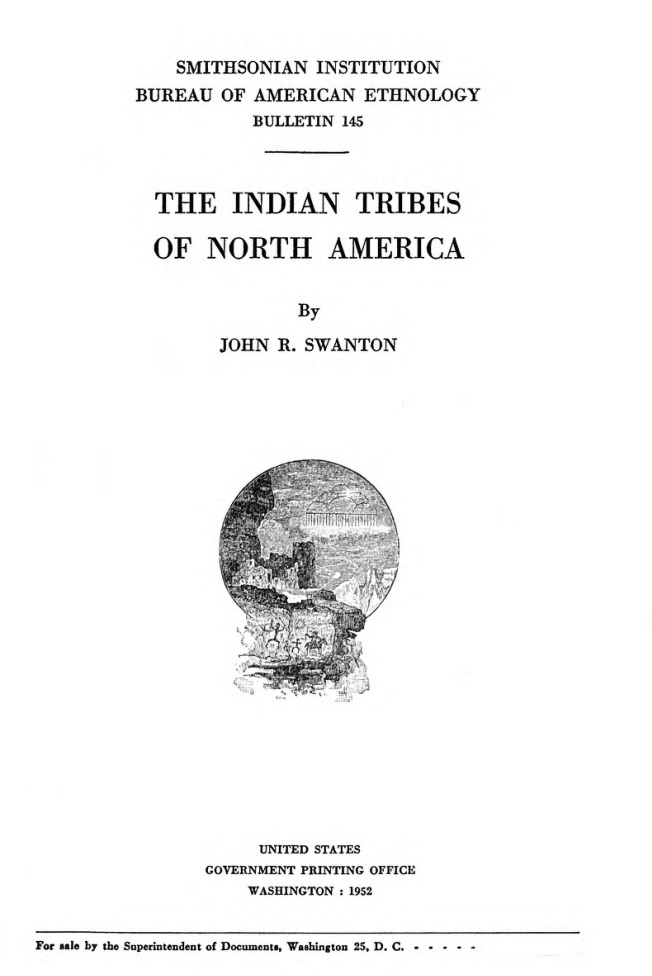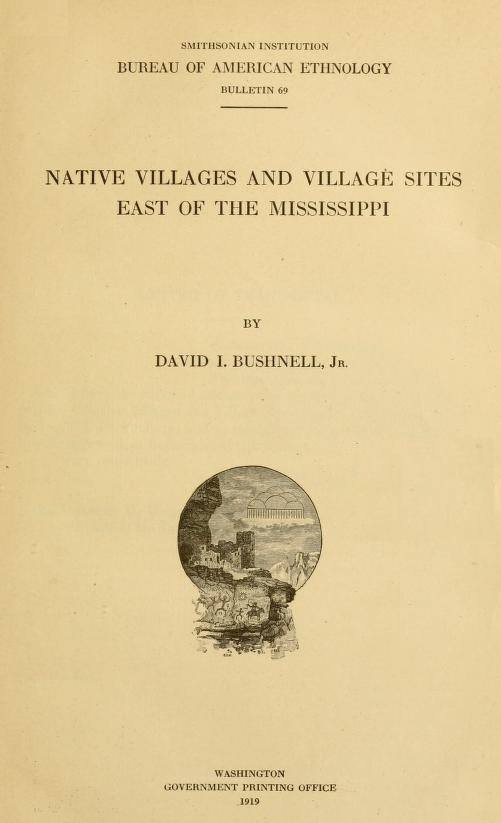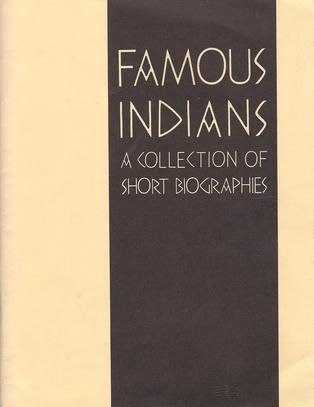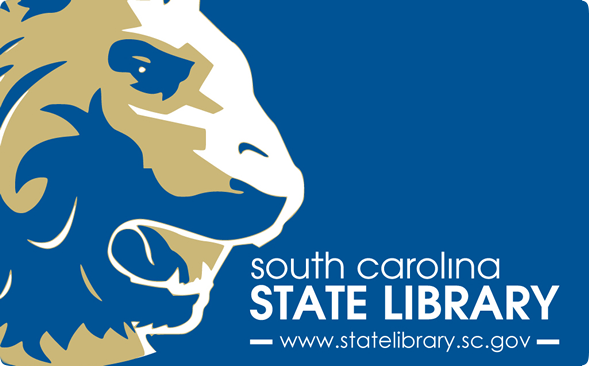National Native American Heritage Month is dedicated to honoring and celebrating the diverse cultural heritage, history, and contributions of Native Americans. Originally established as Native American Awareness Week by President Gerald Ford in 1976 under Proclamation 4468, it was later expanded to a full month by President George H.W. Bush in 1990, making November National Native American Heritage Month.
This month provides a meaningful opportunity to recognize the traditions, history, and achievements of Native Americans. With over 500 federally recognized tribes in the United States, this month we reflect on the ongoing contributions of Native Americans to society and reaffirming our commitment to understanding their vital role in our shared history. As part of our observance, we are showcasing unaltered historical materials from our collection, including books that may contain outdated and offensive images or language.
While we acknowledge that some of these terms and depictions are harmful, our intention is to present them in their original context for educational and research purposes. We do not endorse or support the offensive ideas presented but believe that their inclusion can offer valuable insights into historical perspectives and foster thoughtful discussion.
